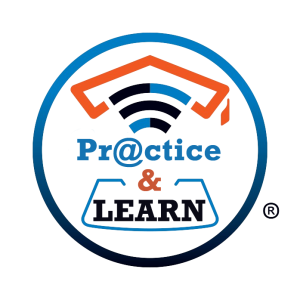Explore the terminology employed throughout this workshop by reviewing the vocabulary presented here.
Special | A | B | C | D | E | F | G | H | I | J | K | L | M | N | O | P | Q | R | S | T | U | V | W | X | Y | Z | ALL
O |
|---|
Off-colorOff-color remarks or jokes are about sex and are slightly shocking. | |
OrganizationThe act or process of arranging or structuring things, ideas, or activities in a systematic or orderly way to achieve a specific purpose or goal. It involves creating structure, clarity, and coherence in how elements are arranged or managed. An organization typically refers to a formal group of people or entities structured and coordinated to achieve specific goals or objectives. | |
OutcomeThe final result of a process, meeting, activity etc. | |
OutfitA set of clothes worn for a particular occasion or activity. | |
OutlineTo give the main facts about something. | |
OvercomeTo succeed in dealing with or controlling a problem. | |
Overload | |
OverlookTo fail to notice or consider something or someone. | |
OverviewAn overview is a brief summary of the main points or topics that will be covered in the presentation. It is typically given at the beginning of the presentation and serves as a roadmap for the audience, helping them to understand what to expect and providing them with a clear outline of the topics that will be covered. The overview can be presented in various formats, such as a bullet-pointed list, a visual diagram, or a verbal summary. Its purpose is to provide the audience with a clear idea of what they can expect to learn or gain from the presentation, and to help them stay engaged and focused throughout. | |
